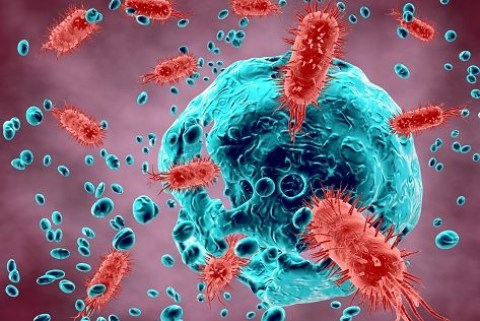According to a government organization, sexually transmitted diseases (STIs) are getting “out of control” in the US.
The most recent data shows that over the previous ten years, the number of cases of congenital syphilis—a serious risk to the lives of newborn babies—has increased by 937%.
The Centers for Disease Control (CDC) couldn’t hide its frustration when announcing the update, sending strong signals of disappointment to parents.
‘Yet again, more than 2.5 million cases of chlamydia, gonorrhoea, and syphilis were reported in the United States,’ it said.
Chlamydia reigned king of the STIs, with around 1.6 million cases across the nation in 2022, the latest full year for which data is available.
Gonorrhea claimed second spot with just shy of 650,000 cases.
But what is concerning public health officials is the sharp increase in syphilis – which has risen 80% in the past five years to a grand total of 203,500 cases for syphilis of all stages.
In adults, if syphilis remains untreated and develops into its final stage (which is very rare), it can be fatal, but luckily, when caught in the early stages, it can be treated with antibiotics.
The disease is spread though vaginal, anal or oral sex, with the primary stages usually showing symptoms of sores around the mouth or genitals, and secondary stages showing rashes around the body with flu-like symptoms.
It should be noted that many people can also have the disease and not have any symptoms.
The first two stages are the most infectious, and the report reveals a 10% increase in 2022, and a 68% increase since 2018.
However, the most concerning finding was an increase in congenital syphilis, where 3,755 cases were recorded.
Congenital syphilis (CS) is where a mother with syphilis passes on the infection to her baby during pregnancy which can impact the health of the baby.
The disease can cause miscarriage, stillbirth, prematurity, low birth weight or death shortly after birth. Babies born with CS can have deformed bones, severe anaemia, an enlarged liver and spleen, jaundice, brain and nerve problems, meningitis or skin rashes.
STI tests
Getting tested and treated for sexually transmitted infections (STIs) is straightforward and confidential. Most infections can be cured.
A sexual health clinic (SHC) or genitourinary medicine (GUM) clinic specialises in sexual health, and can provide tests and treatment for many STIs.
You can make an appointment to go to a sexual health clinic.
Some sexual health clinics also offer a drop-in clinic, so you may not need an appointment. But it is a good idea to call the sexual health clinic first to check this is the case.
Remember: getting an STI test is nothing to be embarrassed about. In fact, it’s the smart move.
Source: NHS
‘Tragically, these infections resulted in 282 stillbirths and infant deaths in 2022,’ said Laura Bachmann, the CDC director for STD Prevention.
The highest number of cases occurred around those who are Black or African American – who experienced around 30% of cases – Hispanic and Latino, and White.
Native American or Alaska Native people experienced the highest rate of congenital syphilis, with one case for every 155 births in 2022.

Getting timely syphilis testing during pregnancy could have prevented 88% of these cases.
‘The STI field has reached a tipping point,’ said Ms Bachmann.
‘We have long known that these infections are common, but we have not faced such severe effects of syphilis in decades.
‘Recent public health emergencies diverted programme resources and threatened the health of those already disproportionately affected by STIs. We must move now to pick up the pieces.’
Other public health officials have also voiced their concerns.
‘The CDC’s latest STI data shows that our nation is facing a rapidly deteriorating public health crisis with real lives at stake,’ the National Coalition of STD Directors (NCSDDC) said.
‘STIs – especially syphilis – will continue to spiral out of control until the administration and Congress provide communities with the funding they need to provide the most basic screening, treatment, and prevention services.’
Experts in the US are expecting 2023 to be worse as the report does not reflect the workforce cuts and drug shortages experienced in the time since.





